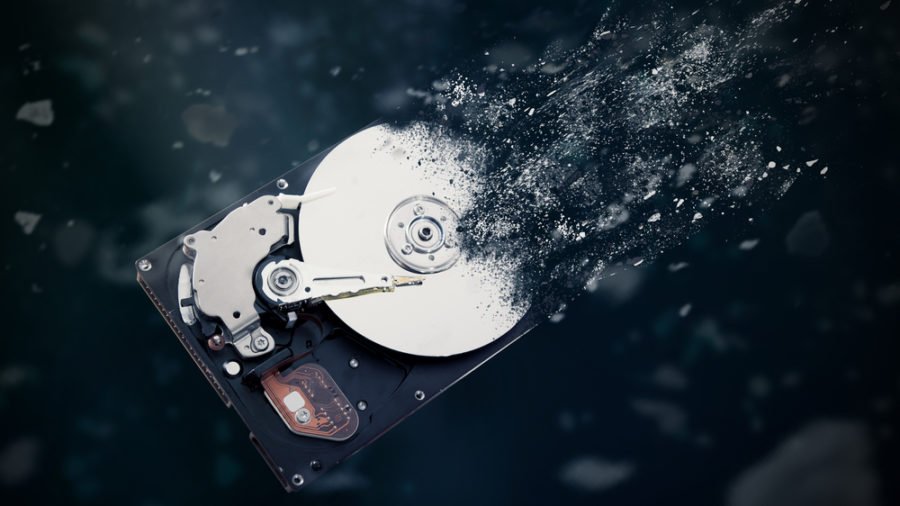- September 25, 2022
- Posted by: admin
- Categories: Data Recovery, E-Waste

It doesn’t matter from which area you belong to, where do you live or what job do you perform everyday in some or the other way you are connected with your data. In everyday life we don’t suffer from the concerns of data security, data sanitization and data destruction. But to what extent do we understand the importance of it and how are all these processes performed?
In this blog we are going to talk about each and every terminology regarding data and we will dig deeper about its information.
Data Sanitization:
The first terminology that we are going to talk about is data sanitization. But before we do that we need to to understand the difference between information lifecycle management and data lifecycle management. The first thing that you must know regarding DLM for data lifecycle management is that it is often used as an interchangeable term with information lifecycle management or ILM.
Data Security:
The second terminology in our blog – Data Security, Data Sanitization & Data Destruction that we are going to refer to is Data Security and it refers to the practices that we use in order to protect our data from unauthorized access and data corruption throughout its lifecycle. The processes that help us in achieving data security include data encryption, tokenization, and key management practices. These practices help us by protecting our data over all applications and platforms.
Data Destruction:
The last and final terminology is Data Destruction which refers to destroying the data that has been stored in hard discs, tapes and on all other types of electronic media possible. The target is to make the data completely unreadable so that it cannot be retrieved again and thus open to the usage of unauthorized users.
There are many questions that people have regarding Data Security, Data Sanitization & Data Destruction therefore we have answered the most commonly asked question in the following block.
- What are the 3 methods of data sanitization?
A machine that has no residue data is said to be sanitized. It is that kind of data removal process in which even with the help of third-party advanced forensic tools the data cannot be recovered. According to one of the reports from Gartner there are 3 possible methods through which Data Sanitization can be done which are physical destruction, cryptographic erasure and data erasure.
- What is the difference between sanitizing and destroying data?
One of the things that must be understood is the difference between sanitizing and destroying data as in contrast to data sanitization, data destruction does not require verification. All this means that the data destruction process that is used has not been proven to remove the targeted information irrespective of the fact that it removes a single file or an entire drive completely.
- What is the purpose of a data destruction policy?
The main target of a data destruction policy is to provide processes that help in proper cleaning or destruction of sensitive/confidential data. It also helps in removing licensed software on the systems like laptops, computers or electronic devices and electronic media that are being disposed of, recycled or transferred in the form of a surplus property or to another new user.
- What is meant by data security?
The best answer to this question is that data security means the practice of protecting digital information from unauthorized access, corruption, or theft throughout its entire lifecycle. The practices of data security involves deploying tools and technologies which helps in enhancing the organization’s data visibility regarding where its important and crucial data will reside and how that data will be available to be used.
- What is the most secure type of data?
One of the most secure types in which data is encrypted is called Advanced Encryption Standard (AES). This is the kind of encrypted data that is used by governments and security organizations. It is also used in everyday businesses for classified communications.
The reason why this form of encryption is considered secure and preferred by important organization’s is because it uses “symmetric” key encryption and in order to read the data the person at the other end will need a key to decode it.
Also Read : https://digitalhospital.com.sg/is-it-worth-repairing-a-broken-macbook-or-should-you-sell-it/
Leave a Reply
You must be logged in to post a comment.



